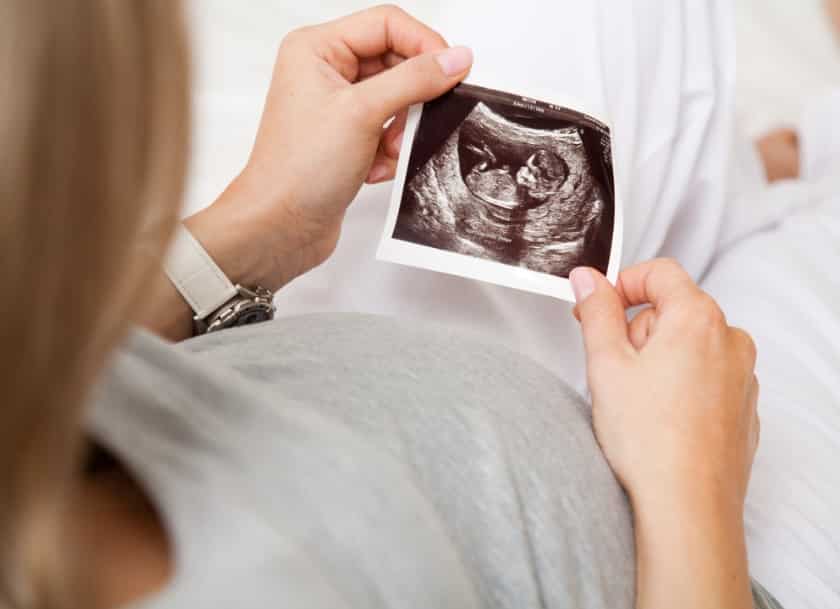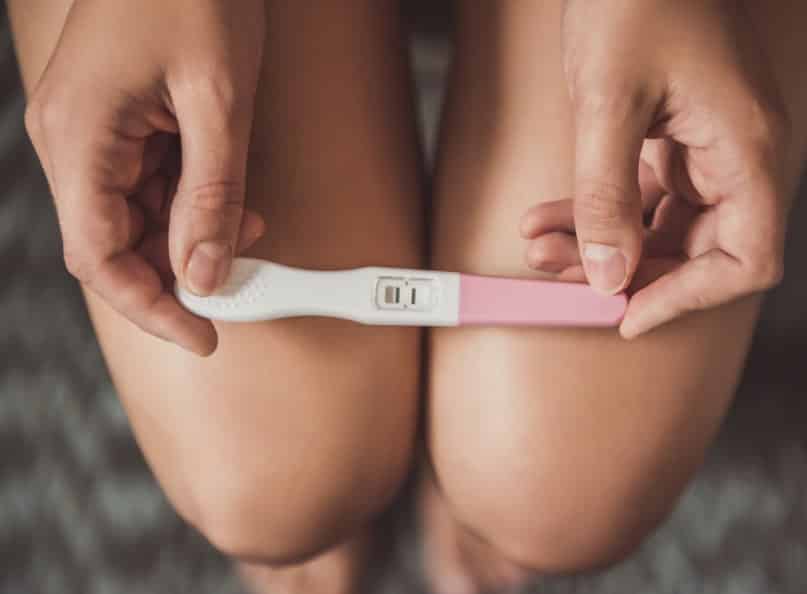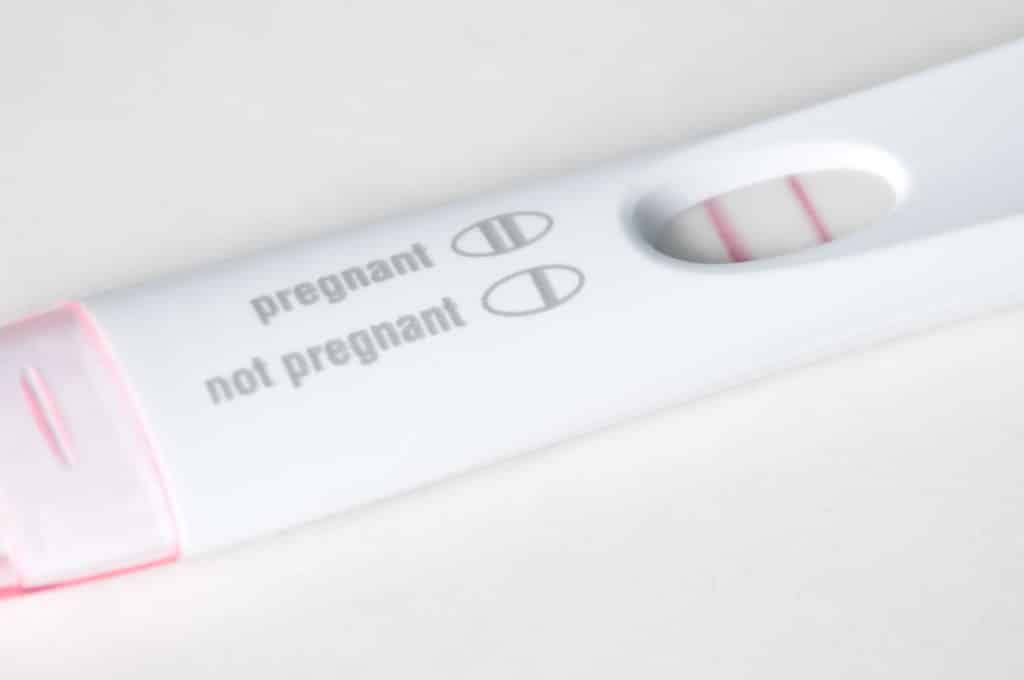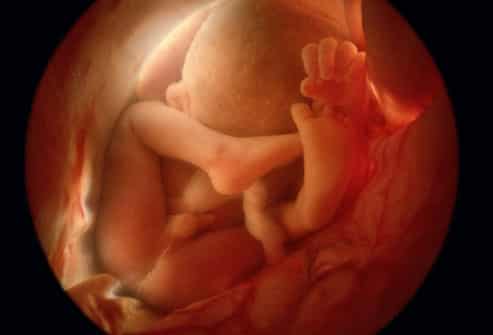Do you think it’s possible for a baby to hide all through pregnancy? Have you heard strange stories about women who don’t know they are pregnant until the baby just pops out in the bathroom? When this happens, it is called a cryptic pregnancy.
Although they are quite rare, cryptic pregnancies are not strange.
In this article, you’d get all the info about cryptic pregnancies; what they are, the symptoms, causes, and how to successfully detect them.
Table of contents
What’s A Cryptic Pregnancy?
Can you be pregnant and not know until the last few days before delivery?
Yes. You can. Interestingly, this is still possible even if you’ve taken multiple pregnancy tests and consulted your doctor.
Here’s the deal:
When this occurs, it is called a cryptic pregnancy. In other terms, it is also referred to as a stealth pregnancy. This is because it can avoid detection by regular pregnancy testing methods.

For some women, cryptic pregnancies do not come with the tell-tale signs of pregnancy. In fact, symptoms like nausea or mild fatigue (which are strongly associated with pregnancy) may be written off as a passing illness like a stomach upset.
To help you on this journey, we’d talk about the possible symptoms of cryptic pregnancy.
What Are The Signs of Cryptic Pregnancy?
Pregnancy symptoms vary from woman to woman. If you’re already a mom, you may experience a different set of symptoms from what you did the first time.
The signs of cryptic pregnancy may be a lot like what comes with regular pregnancy. These include:
- Nausea
- Vomiting
- Fatigue
- Mood Swings
- Increased Urination
- Swollen/Tender Breasts
However, if you cannot confirm these symptoms with a positive pregnancy test, it is really easy to dismiss them as something else.
Another common sign of pregnancy is the weight gain and resulting baby bump. However, the case is different with cryptic pregnancy because there’s usually no prominent baby bump. During a cryptic pregnancy, the baby may grow at a slower pace than usual. Furthermore, the baby’s position may also explain the absence of an obvious baby bump.

In addition, a cryptic pregnancy can cause light bleeding or spotting which is often confused for an irregular period.
The Causes of Cryptic Pregnancy
1. Hormones
Once again, the hormones are responsible.
As we mentioned earlier, the fluctuating hormonal levels associated with cryptic pregnancy can cause light spotting or bleeding that resembles a period. As a result, women with irregular cycles often dismiss this bleeding as a period sign, rather than what it really is (a cryptic pregnancy).
Furthermore, if you’ve just given birth, it may take a while before your hormones return to normal. In this period, you may even start ovulating and get pregnant without knowing it.
2. Birth Control
Even if you’re on a birth control plan, there’s still a chance that you may get pregnant. When this happens, you may not experience any of the obvious pregnancy symptoms, leading to a cryptic pregnancy.
3. Stress
High stress levels may provide a possible or alternative explanation for the fatigue or headaches that come with the early stages of pregnancy.
Furthermore, stress greatly affects your hormone levels. This can aggravate or alleviate many common pregnancy symptoms.
4. Physical & Lifestyle Factors
Certain physical factors and lifestyle factors like athleticism can cause your periods to become highly irregular. People who perform high-impact sports often have low levels of certain hormones, increasing the chances of having a cryptic pregnancy.

5. Polycystic Ovarian Syndrome (PCOS)
This is a serious medical condition characterized by obesity, enlarged ovaries, irregular periods, and reduced fertility. When it occurs, this condition can limit your fertility and create hormonal imbalances which may eventually cause a cryptic pregnancy.
6. Perimenopause
This is the 3 to 5 year period prior to menopause (with or without breast tenderness). In this time window, your estrogen levels would begin to drop and your periods would become less consistent. Pregnancies often go undetected in this period because the obvious symptoms like weight gain and hormone fluctuations may be misinterpreted as menopausal symptoms.
How Do Cryptic Pregnancies Remain Undetected?
As we mentioned earlier, cryptic pregnancies occur when a pregnancy remains undetected for a very long time due to one or more of the reasons above.
Hormonal Imbalance
In most cases, the primary reason is an imbalance in a hormone called Human Chorionic Gonadotropin. This is the hormone that determines the result of a pregnancy test.
When hCG levels are low, it is possible to get a negative pregnancy test result even during pregnancy. Furthermore, certain fertility drugs or antibiotics can also alter hCG levels during pregnancy.
An Inconclusive Ultrasound
Sometimes, an ultrasound may fail to locate the growing fetus. This happens if the technician is not looking at the right spot. In fact, the chances of this happening are high if you’ve mentioned that previous urine-based pregnancy tests have come in negative.

Furthermore, an ultrasound may fail to confirm pregnancy if:
- It is an ectopic pregnancy
- Your uterus has an irregular shape
- There’s any technical glitch
How Can I Detect A Cryptic Pregnancy?
You can confirm a cryptic pregnancy by:
1. Conducting Multiple Pregnancy Tests
This works.
You can take more than one pregnancy test (with at least one-week interval between two) after a missed period. This would authenticate the result you get. Furthermore, you can consult your healthcare provider for a more accurate blood or urine test.
2. Speaking To Your Doctor
If you’re not certain about the presence or absence of a pregnancy, book an appointment with your doctor. Remember to mention any irregularities with your menstrual cycle.
To help you, he/she may recommend an early ultrasound to confirm the presence of a growing baby.
3. Monitor Your Symptoms
Underrate nothing.
Monitor your symptoms and report any concerns or questions to your health care provider. This would increase the chances of detecting a cryptic pregnancy.
Conclusion
Cryptic pregnancies are real but uncommon.
In fact, it is still largely misunderstood by most people. If you think you’re pregnant, don’t forget that the usual early testing methods like blood tests, urine tests, and ultrasounds are accurate in most cases.
However, if you continue to experience pregnancy symptoms after a negative test result, speak to your doctor for his/her advice. After this, you can wait for another week or two before conducting another pregnancy test.
Finally, if you’re disturbed or don’t think you can handle being pregnant, please contact your healthcare provider.
You are not alone, Mama.
References
- Jenkins A, et al. (2011). Denial of pregnancy — a literature review and discussion of ethical and legal issues.
ncbi.nlm.nih.gov/pmc/articles/PMC3128877/ - Orvos H, et al. (2002). The perinatal outcome of pregnancy without prenatal care. A retrospective study in Szeged, Hungary.
ncbi.nlm.nih.gov/pubmed/11750959 - Stammers K. (2014). Not your average birth: Considering the possibility of denied or concealed pregnancy. DOI:
10.1136/bcr-2014-204800









































